There’s something deeply grounding about staring up at the stars on a quiet night. The air feels different, the sounds shift, and the whole world seems to slow down. Yet many people miss out on the real magic because they don’t plan or don’t know the small tricks that make a big difference. Light pollution and modern distractions have dulled our connection to the sky, but with the right approach, that wonder is still within reach.
Here is a list of 20 tips that’ll help you turn a simple night out into a truly memorable stargazing adventure.
Choose moonless nights
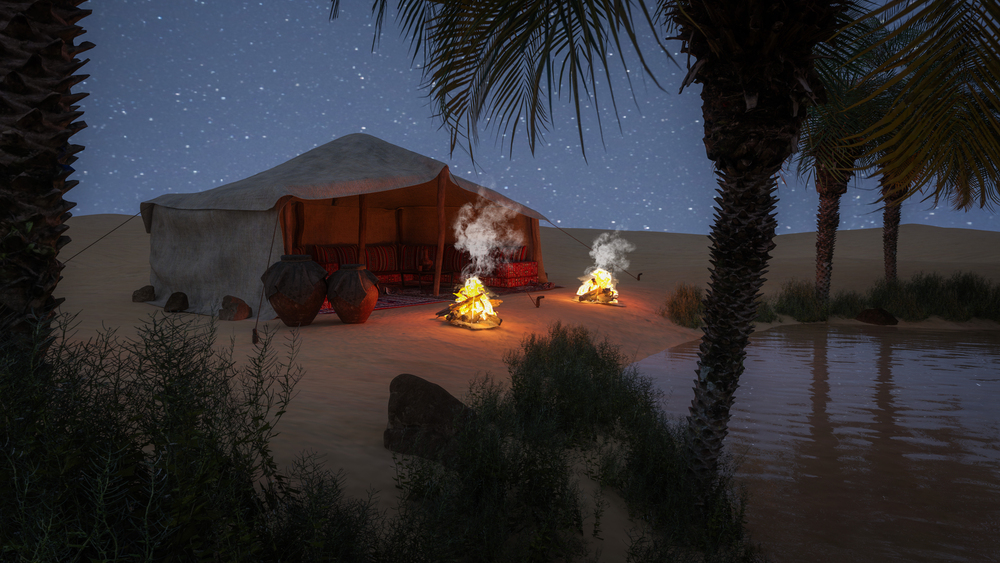
When the moon’s bright, it washes away the dimmer stars like someone turning up a floodlight in a dark theater. Astronomers know the darkest nights happen during the new moon, when its light is absent. Even a slim crescent will steal some of the show, though you’ll still spot more than you would with a glowing full moon overhead.
The absence of moonlight also brings out the Milky Way’s faint, cloud-like band across the sky.
Get far from cities
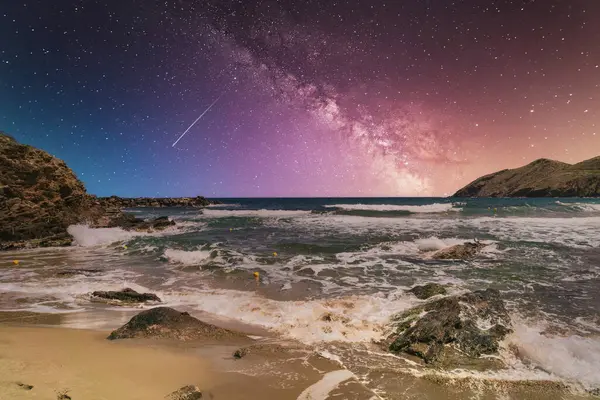
Streetlights and illuminated signs cast a glow that travels far beyond city limits. Even small towns send a haze into the night sky for dozens of miles, muting the stars. Head deep into the countryside and the difference is striking — you might go from seeing a handful of stars to thousands glittering overhead.
The air also tends to feel clearer and cooler in rural spots, adding to the experience.
Like Travel Pug’s content? Follow us on MSN.
Check the weather

Clear skies are the obvious goal, yet humidity and haze can be just as limiting as clouds. Dry air, especially after a cold front, creates sharp, crisp views. Gentle breezes keep moisture moving, while still air sometimes traps tiny distortions that blur your view.
Watching for sudden temperature drops can be a clue that the air will soon be at its clearest.
Arrive before dark

Showing up while it’s still light helps you set up gear without fumbling and see the lay of the land. It’s also a chance to watch the sky’s gradual shift from gold to deep blue, giving your eyes time to adjust naturally.
That slow transition sets the tone for the night. You may even catch the first stars twinkling in the fading glow.
Use red light only
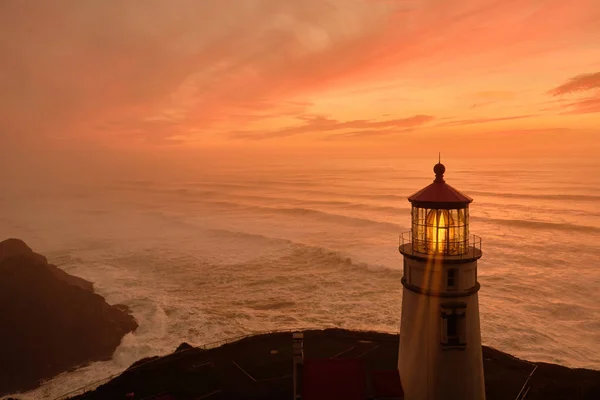
A burst of white light wipes away your night vision in seconds, and it takes ages to recover. Red light, however, preserves your eyes’ sensitivity in the dark. Many stargazers use red LED headlamps or wrap regular flashlights in red film for the same effect.
The soft glow also adds a warm, atmospheric touch to your stargazing setup.
Like Travel Pug’s content? Follow us on MSN.
Dress in layers
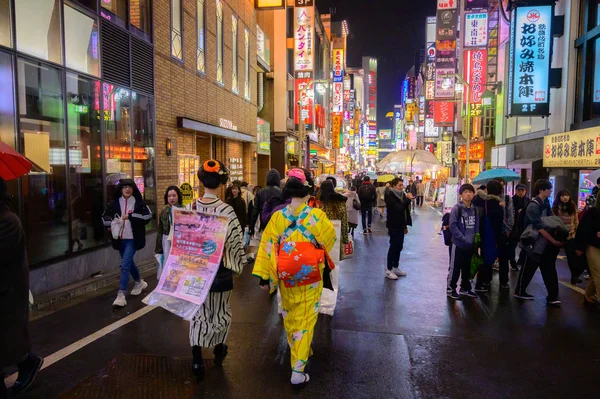
It’s easy to underestimate how cold it can get after sunset, even in midsummer. Rural areas lose heat quickly, and sitting still makes you feel the chill faster. Wool or synthetic fabrics keep warmth better than cotton, which holds onto moisture from dew.
Gloves and hats can make all the difference during longer viewing sessions.
Use apps wisely

Astronomy apps are excellent for finding constellations or tracking planets. Yet relying on them constantly can keep you from truly learning the sky. Use them to get your bearings, then challenge yourself to recognize patterns without the screen’s guidance.
A dimmed screen setting also helps protect your night vision.
Start with just your eyes

Binoculars and telescopes are tempting right away, but there’s plenty to see without magnification. Meteor showers, the sweep of the Milky Way, and the glow of planets often look best to the naked eye.
Take in the big picture first before zooming in on details. This approach helps you understand the sky’s overall layout.
Like Travel Pug’s content? Follow us on MSN.
Learn key constellations

A few well-known patterns act as road maps to the rest of the sky. Shapes like the Big Dipper, Orion, and Cassiopeia are easy to spot and lead you toward fainter treasures.
Once you’ve learned them, finding other objects becomes far easier. Over time, they’ll feel as familiar as landmarks in your hometown.
Bring a good seat

Tilting your head back for too long can become uncomfortable. A reclining chair, a sturdy camping cot, or even a thick blanket lets you settle in for hours. The more comfortable you are, the longer you’ll want to stay.
A small pillow or neck support can make it even better.
Aim for true darkness
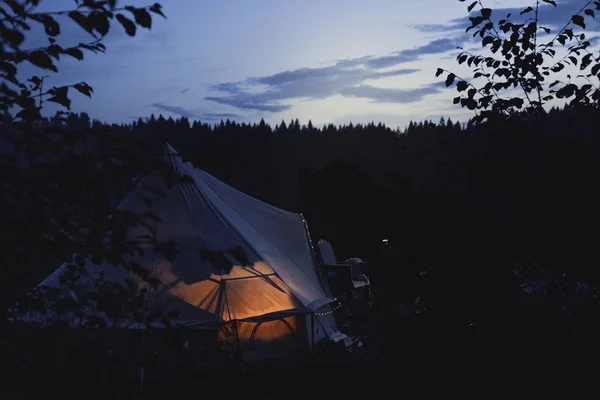
The best darkness starts about 90 minutes after sunset, when the sun is far enough below the horizon to stop lighting the upper atmosphere. Depending on the season and location, your prime hours might stretch from late evening into the early morning.
This is when the sky reveals its faintest, most distant objects.
Like Travel Pug’s content? Follow us on MSN.
Follow the seasons

The night sky isn’t the same all year. Summer brings the Milky Way’s bright heart, while winter offers Orion and the glittering constellations around it. Knowing which celestial events are at their peak helps you make the most of your time.
Seasonal guides and calendars can make planning even easier.
Keep meals light
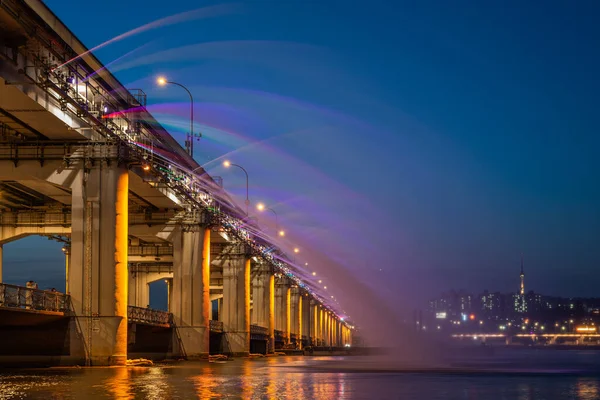
A heavy dinner before heading out can leave you sluggish. Small snacks, like trail mix or granola bars, give steady energy without weighing you down. If you’re planning a late night, eating your main meal earlier works best.
Warm drinks in a thermos are also a welcome comfort under cool skies.
Guard against dew
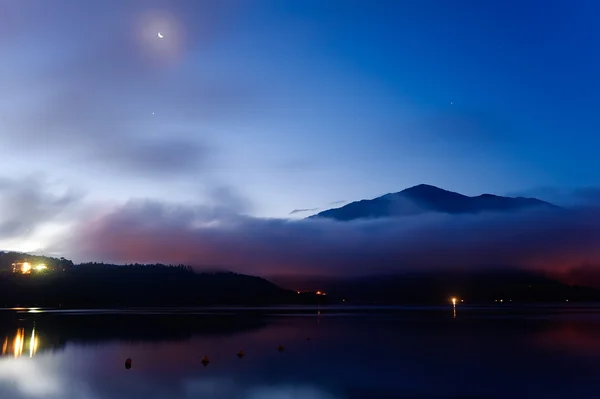
Cool night air often leaves moisture on equipment. Dew shields, lens warmers, and covers help protect your gear. Even keeping spare batteries in a warm pocket can prevent power loss from the chill.
Checking your optics regularly keeps surprises to a minimum.
Like Travel Pug’s content? Follow us on MSN.
Plan for restrooms

Many great dark-sky spots are far from facilities. A portable toilet or basic camping shovel can make things more comfortable. Simple planning keeps you focused on the stars instead of searching for solutions in the dark.
Bringing hand sanitizer and tissues adds an extra layer of preparedness.
Use light pollution maps

Online maps show where the skies are darkest, often with color codes. Deep blues and blacks mark the prime spots. Sometimes a short drive in the right direction makes all the difference in what you’ll see.
You might discover hidden viewing gems just outside your usual travel range.
Learn your telescope

If you’re bringing a telescope, practice setting it up in daylight before the trip. Knowing how to align the finder, adjust the focus, and switch eyepieces smoothly makes your night far more enjoyable.
It also means you won’t miss fleeting events like meteors or satellites.
Like Travel Pug’s content? Follow us on MSN.
Have a backup plan
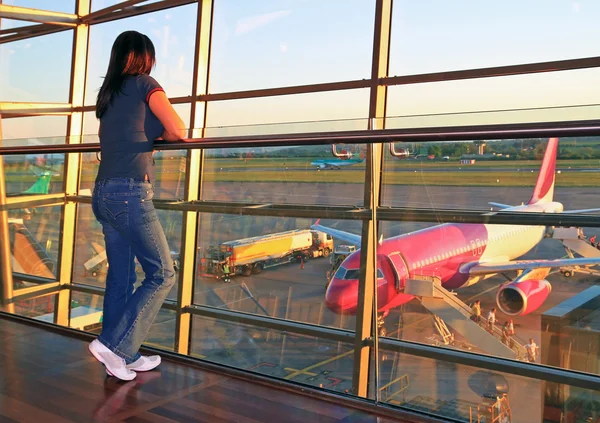
Even the clearest forecast can be wrong. Bringing along a star chart, an astronomy book, or a quiet game means the night isn’t wasted if clouds roll in. Flexible plans tend to lead to better memories.
A thermos of hot chocolate doesn’t hurt, either.
Record what you see

Noting your observations can deepen your appreciation for the night sky. Simple sketches, brief descriptions, or a quick rating of conditions help track your progress. Just remember to look up often and enjoy the moment.
Your notes may become a personal treasure over time.
Go with the right crowd

Sharing the experience with a small group can make it more fun, while large, noisy gatherings can break the mood. Two to four people are often ideal.
Respect for darkness and quiet keeps the atmosphere magical. When everyone’s in sync, the shared awe is unforgettable.
Like Travel Pug’s content? Follow us on MSN.
The night sky calls
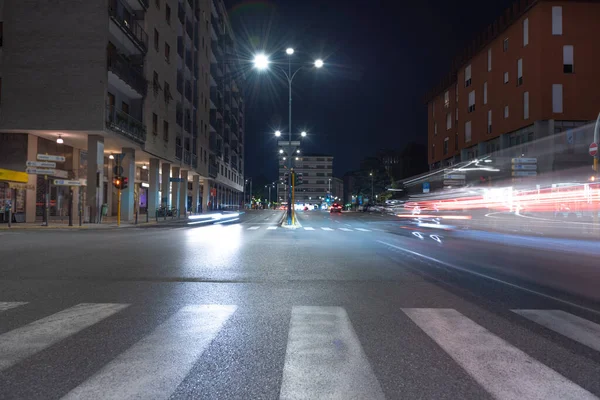
For thousands of years, people have looked up to navigate, mark the seasons, and wonder about their place in the universe. Modern life hasn’t dimmed that instinct — it just takes a little more effort to see what’s still out there.
A dark road, a comfortable chair, and a sky free of bright lights can connect you to something ancient and enduring. When you’re out there, under that endless canopy, everyday concerns feel smaller. The stars will keep shining, waiting for the next person who takes the time to notice.
More from Travel Pug

- 20 Best Beach Towns in the Carolinas
- 13 Destinations Where Tourists Regularly Regret Their Trip
- 20 Things You Actually Get in First Class
- 20 Small Airports With Aviation Museums
- 20 Places in the U.S. That Are Perfect for a Reset Trip
Like Travel Pug’s content? Follow us on MSN.
